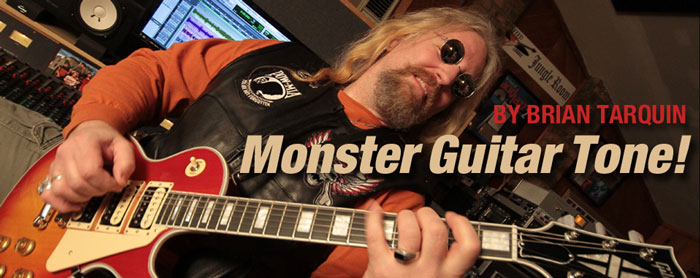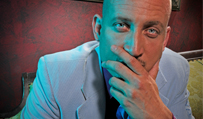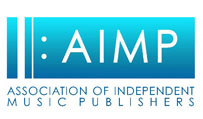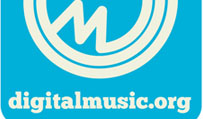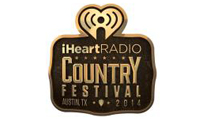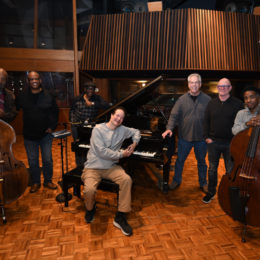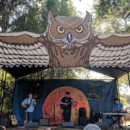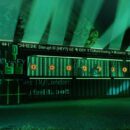Achieving great guitar tone is like chasing after the “Holy Grail”—the search is endless. We are constantly trying to find the right balance between our human hands, strings, wood, amps and pedals to get that “Archangel of tone.” You know it when you hear it. Whether it is the sweet, clean sound of George Benson’s L-5 from The Other Side of Abbey Road, Johnny Marr’s melodic voicings under Morrissey’s vocals in the Smiths, or the shear earth-shattering tone from Van Halen’s “Eruption.” It moves you, inspires you and even pisses you off! That’s guitar tone!
I’ve been very fortunate to have produced and recorded some of the greatest guitarists. On the Guitar Master Series (BHP MUSIC), I started releasing rarity tracks like “54-46 Was My Number” by Toots and the Maytals that features Jeff Beck, and “B Fingers” by John Paul Jones from Led Zeppelin. I then started composing songs for top-notch shredders to add to the guitar compilations. I would produce/engineer the songs, play the guitar melodies and then have each guest play the harmonies and we would both trade solos.
The one thing about guitar that I love is: you just can’t fake it. You’ve got to be able to play. I found that the tone really comes from the fingers; of course, all of the other parts matter, but a great guitarist can make a crappy guitar sound good.
Eddie Van Halen, on his first tour back in the late ‘70s, let guitarists from bands he was touring with play his guitar through his whole rig and he noticed that none of those players sounded like him. So there’s a lot to be said about the human touch.
The Basics
Guitar tone can be dependent on your amp and the effects you place in the chain between you and the amp. A vintage Fender Super Reverb; played at lower levels has a nice clarity, but as you raise the volume you get a sweet bite as the 4 x 10-inch speakers start to break up.
Keep in mind, it will also depend on the axe you choose. For example, a Strat will have an entirely different tone from a Les Paul Custom, but this is a good, clean palette to start with. Now to get some overdrive, you can choose a plethora of pedals, but let’s take an original Ibanez Tube Screamer 808 or a MXR Distortion Plus. Well hell, there you have it—a tone set-up for a king.
Pedals can play an important part of the guitar tone, but I think one has to be careful not to get overly enthusiastic about pedals, resulting in the over-effected sounds that came out of the ‘80s hair band days. Choose subtle pedals—they will not alter your inherent guitar tone, but enhance it. Nevertheless, there is also a time when an effect is called for. Something like the classic Electro-Harmonix Memory Man, for instance. I’ve used it for many extreme sound effects in particular songs; in fact, even non-guitar bands have used it for color. The Chemical Brothers used it all over their breakthrough record, Dig Your Own Hole.
Hammer Of The Gods
Through my guitar tone journey since childhood, I’ve always been intrigued with what makes players choose their weapons of choice. So I’ve asked some of these inspiring players to share their set-ups:
Steve Morse: “I start with my normal Musicman electric, and then used a Buscarino acoustic/electric nylon string guitar, an Ovation steel string, a Steinberger 12-string, a Musicman baritone guitar (tuned down to B) and a Line 6. For amps, I'm enjoying the new signature amp that ENGL made for me, and a stock ENGL classic tube amp.”
Eric Johnson: “My typical set-up is a BK Butler Tube Driver or an AC Booster through a Marshall JMP Super Lead and a Dunlop Dallas Arbiter Fuzz Face or an old Ibanez Tube Screamer through a Marshall JTM 45. Then I have some that are more super lead JMP that have a lot of gain within the amp. I also have a twin reverb that has eminence speakers in it and when you crank it up it has an interesting type of lead tone.”
Joe Satriani: “I plug my JS1000 guitar into various pedals, and/or, go into a variety of amps heads, then on to a Palmer speaker simulator. Sometimes a plug-in would do the trick, or just all the pedals we found on the floor plugged in and turned up! We had much success with the Mooger Fooger pedals, the Fulltone Ultimate Octave, a Digitech Whammy pedal, and a preamp called a Hafler Triple Giant. The latter had the most robotic distortion, totally devoid of warmth and feeling. But, in the context of a song like 'Borg Sex,' it was perfect!”
Steve Vai: “EQ plays a vital role. I always keep a pair of C14s and a pair of 414s (Mics) spread apart in the corners of the room. This is mixed into the sound at various levels depending on the desired effect. It’s important to me to try and create a space for each guitar; the song should tell you what to do. I usually use Wave and Renaissance plug-ins for EQ, then compress analog before it hits the drive. I’m not a fan of digital compressors or reverbs.”
Billy Sheehan: “I have an Ampeg SVT (turned way down!), as well as an Avalon pre-amp for direct sound. I use my regular bass that I play on stage, the Yamaha Attitude with RotoSound strings. We miked up the SVT cab, as well as split signals for a direct through a Radial Engineering direct box.”
As the saying goes, “It’s not just the destination but the journey—and what you’ve experienced through the journey.” This can easily be applied to your journey to great guitar tone. Sometimes, I find myself going back to the basics, with no pedals or effects; I plug my Les Paul in a well-made Marshall half-stack and just go for it. As Zappa said, “Shut Up 'n Play Yer Guitar!”
BRIAN TARQUIN is a multi-Emmy-winning guitarist who has established himself as a top-rated TV composer/guitarist. He has sold over 140,000 records in his career. In 2014 Tarquin produced Guitars For Wounded Warriors. It features Steve Morse, Billy Sheehan, Gary Hoey, Bumblefoot (Guns N’ Roses), Reb Beach (Whitesnake), Hal Lindes (Dire Straits), Chris Poland (Megadeth) and Chuck Loeb. For further information, visit http://bohemianproductions.net/bhp/index.html.


